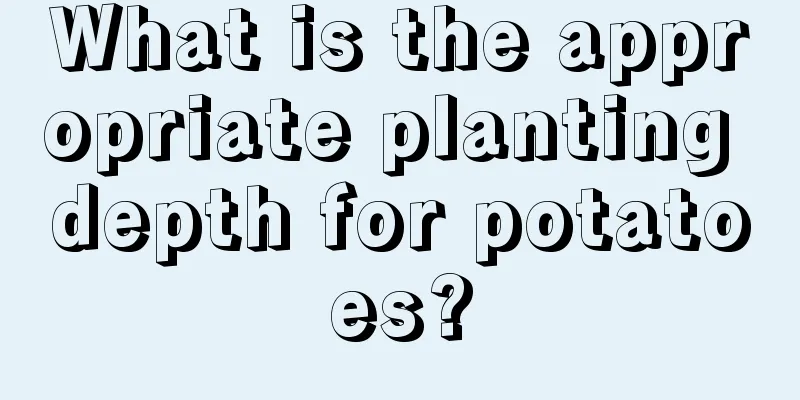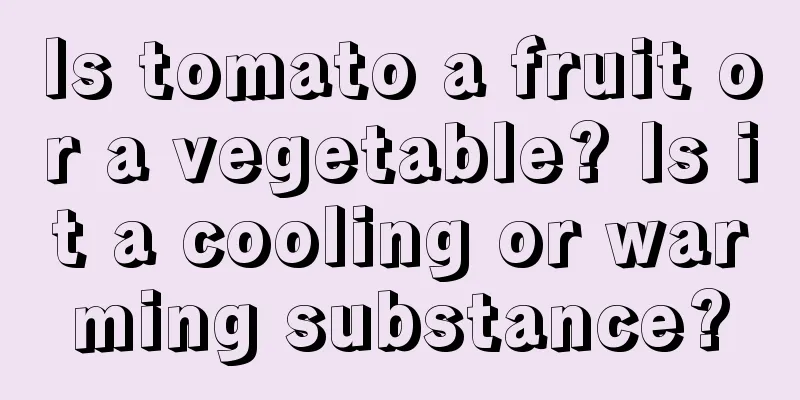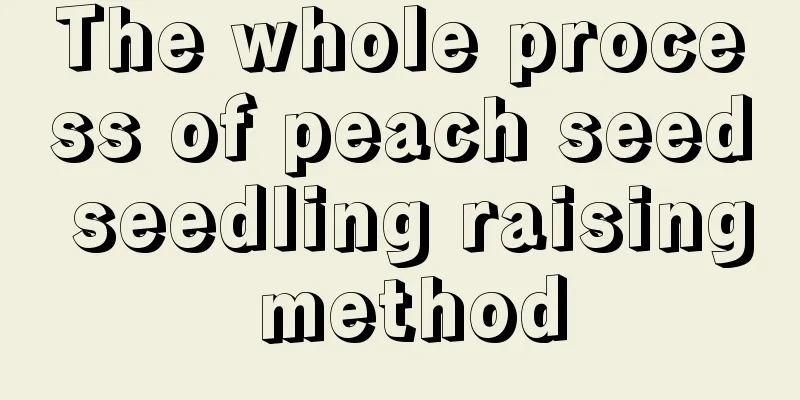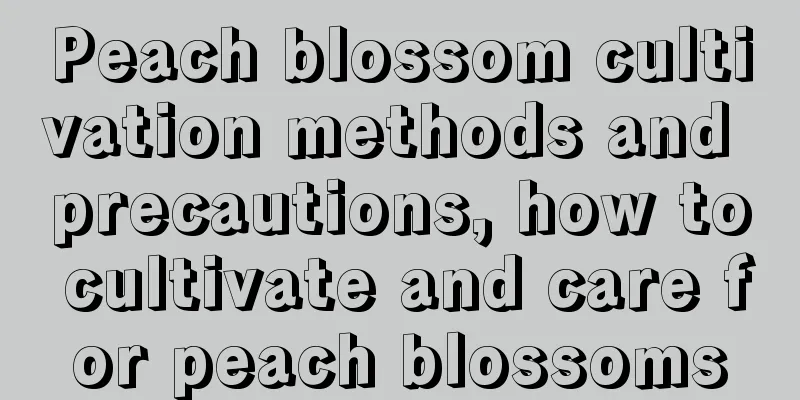What is the appropriate planting depth for potatoes?

|
Potatoes , also known as potatoes, are one of the largest agricultural crops in China with a very high yield. Their planting and management are not complicated, but if you want high yield and high quality, there are still many things to pay attention to, such as the planting depth of potatoes is a key point. Let’s learn together what is the appropriate planting depth for potatoes ? 1. Soil texture For loose, well-drained soil, the planting depth can be slightly shallower, and it is generally recommended to be between 7-10 cm. Such soil is conducive to the growth of potato roots and the absorption of nutrients, and also facilitates the formation and expansion of potato tubers. For more compact soils, the planting depth can be increased to ensure that the potato tubers can form in the loose soil. 2. Soil moisture Soil moisture is also a factor in determining planting depth. In soils with higher humidity, the planting depth can be increased appropriately to prevent the potato tubers from being too close to the soil surface and reduce the risk of disease caused by excessive soil moisture. On the contrary, in dry soil, the planting depth can be reduced appropriately to help the potato tubers absorb sufficient water. 3. Climate conditions In colder climates, planting depth may need to be increased to protect the potato tubers from frost damage. In warm climates, the planting depth can be reduced to facilitate the growth and maturity of potatoes. 4. Planting suggestions Taking all the above factors into consideration, the generally recommended potato planting depth is 7-15 cm. When planting, make sure the "eyes" (germination points) of the seed blocks are facing upwards, cover with soil and compact lightly to ensure close contact between the soil and the seed blocks, which is conducive to germination and growth. In short, the choice of potato planting depth requires comprehensive consideration of soil and climatic conditions. Too shallow or too deep will affect the quality and yield of potatoes.
|
<<: How to promote the flowering of the plant and what to do after flowering
>>: What to do if the plant does not bloom? The reason for not blooming
Recommend
What are the cultivation methods and precautions of purple bamboo?
Purple bamboo cultivation method Purple bamboo pr...
How to water the cold orchid
Watering principles The watering of Cymbidium sho...
Can chrysanthemums also bloom?
Chrysanthemums blooming in pots - soil When growi...
How to identify hybrid chrysanthemums
1. Plants Hybrid medallion has underground stems,...
What to do if Yushu is frostbitten
1. Unsalvageable In fact, it depends on how badly...
How to breed Qian Duoduo
Qian Duoduo Growth Conditions Qian Duoduo is suit...
How to water Junzhilan? The correct method and skills of watering
Overview of Clivia Watering Clivia is a plant of ...
Cutting propagation method of Amaryllis
Amaryllis cutting propagation time If you want to...
How to change the soil of Australian fir
When to change the soil of Australian fir It is b...
Why can't you grow a fig tree at home? Are there any special requirements for growing figs at home?
Can I grow a fig tree at home? You can grow figs ...
In summer, when growing flowers, you should change pots, expose to the sun and apply concentrated fertilizer.
Can't change the pot Reasons for growing flow...
How to grow the succulent red ghost town
1. Suitable temperature and light The succulent p...
What are the flowers of the perfect flower?
1. Definition of a perfect flower According to th...
What to do if all the leaves of bougainvillea fall off in winter
1. Treatment methods 1. First, cut off some dry y...
How to prune chives
1. Pruning method 1. When transplanting leek, in ...









